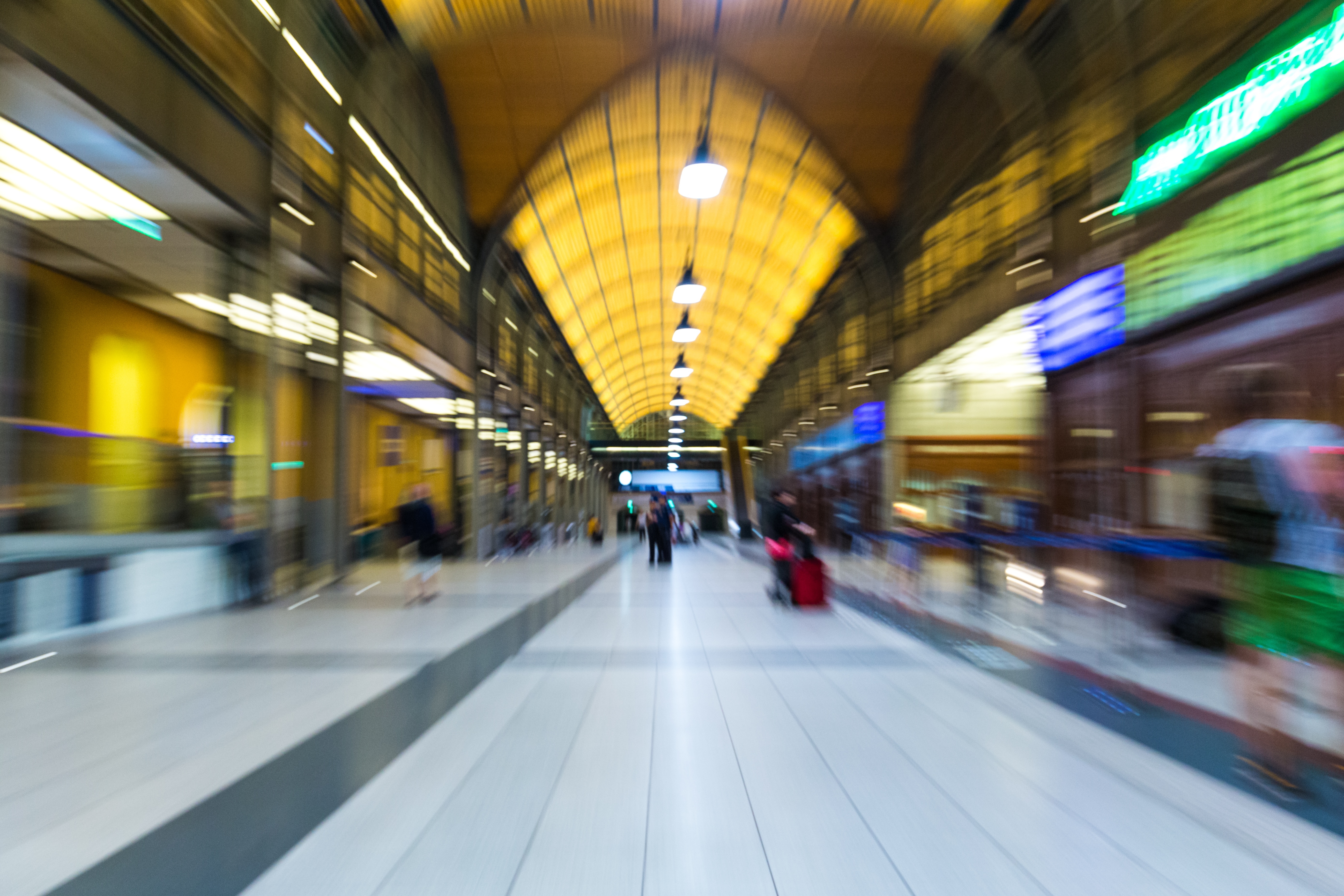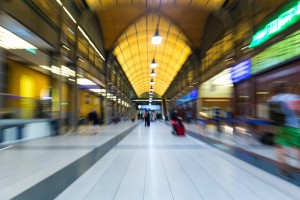Pumping in Public Places
With the number of single mothers on the rise, it is more common to see women supporting children, babies, and whole families on their own. Many of these self-sustaining women ride the subway and, consequently, must breastfeed on the go if they have small children. In recent years, incidents have occurred as a result of the stigma placed on breastfeeding in public and especially on public transport. In this post, we will analyze what have happened and the effects on our society.
What is the Stigma Surrounding Breast Feeding?
There have been many instances recently in the United States of young mothers being targeted for breastfeeding in public places. Notably, a video emerged of a Target employee defending a mother who became the victim of harassment from a passerby who saw her breastfeeding her baby in the store cafeteria. Situations like this arise frequently around the country and should not be tolerate, especially on our rail systems.
Breastfeeding is a thing of nature, and should not be seen as disgusting or lewd, as it is a crucial part to a child’s survival. Furthermore, women who breast feed probably do not prefer to do it in public, but are unable to find time at home due to jobs or other responsibilities.
– Emily (http://www.yourbreastpumpreviews.com)
Sentiments like this are shared by the majority of the estimated 80 million single mothers across the country, and many men are stepping up to support their cause.
How Can You Help?
There is no doubt being a single mother is difficult, and support groups for single moms have been set up both online and across the country. Unfortunately, these can only do so much, and education is needed to bring the rest of the population into the mix, and open their eyes to exactly what is happening. To help spread the message, Stefan Molyneux (a host of a popular philosophical talk show) gave an hour long presentation on the truth about single moms. We encourage our reader to check it out (linked below) and reply in the comments if you found any of the points interesting or worth discussing.

